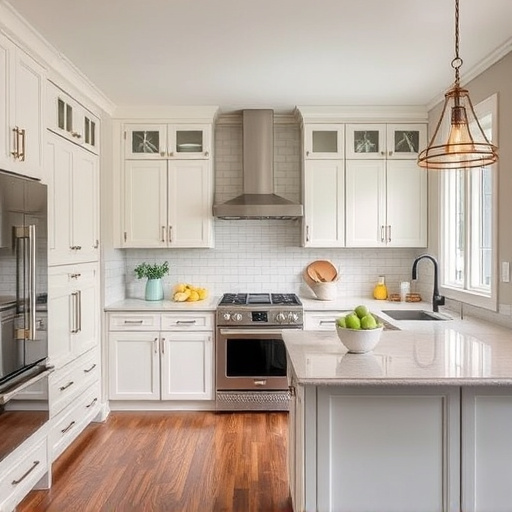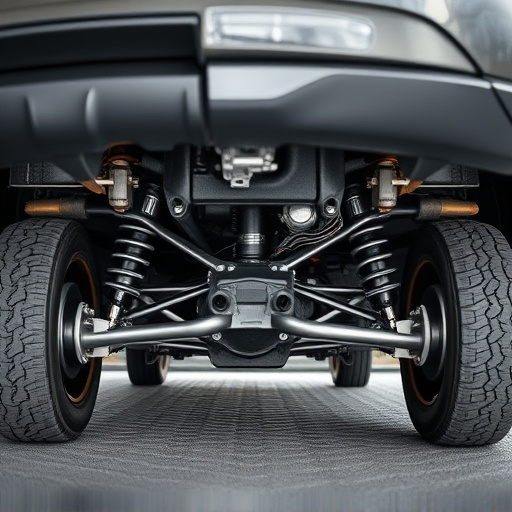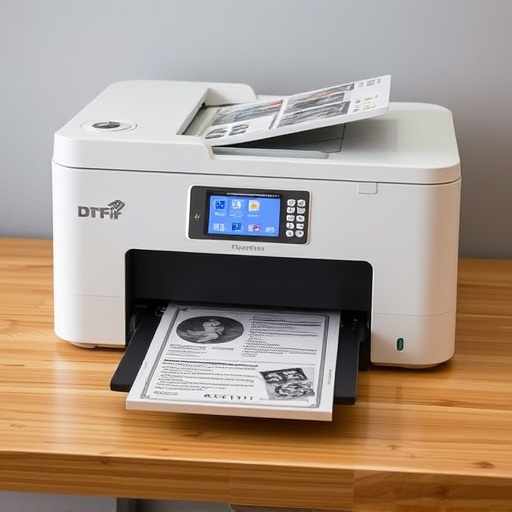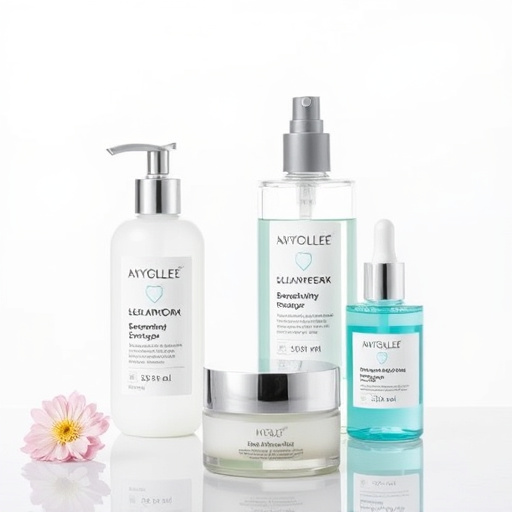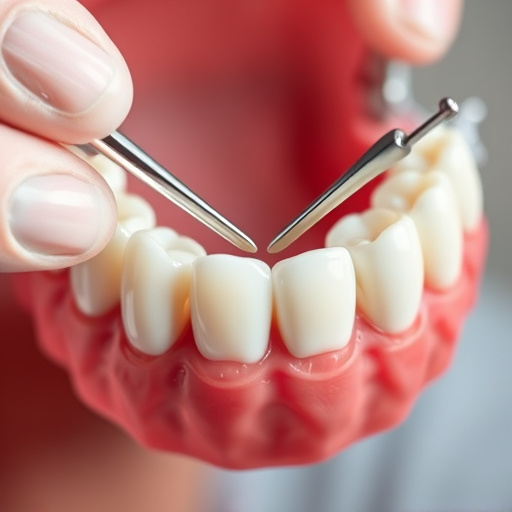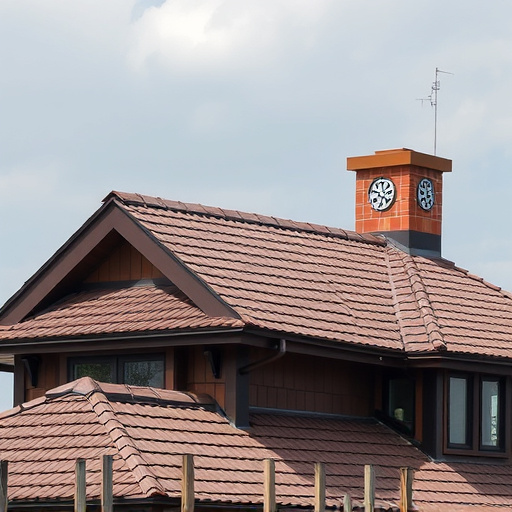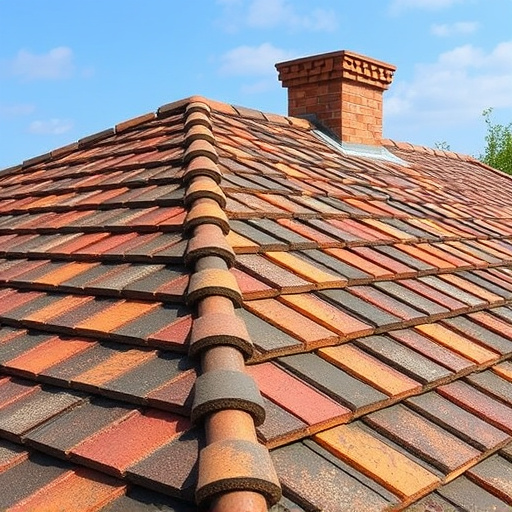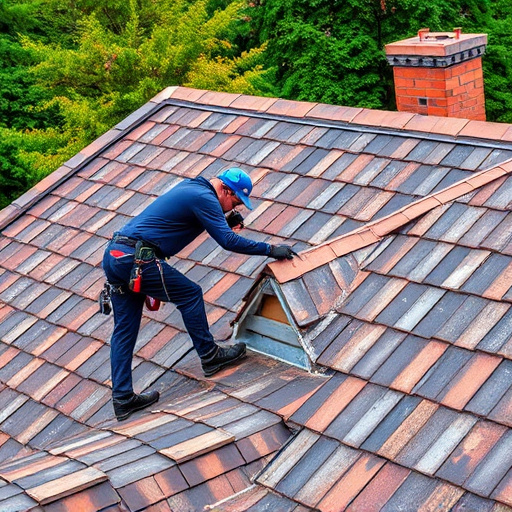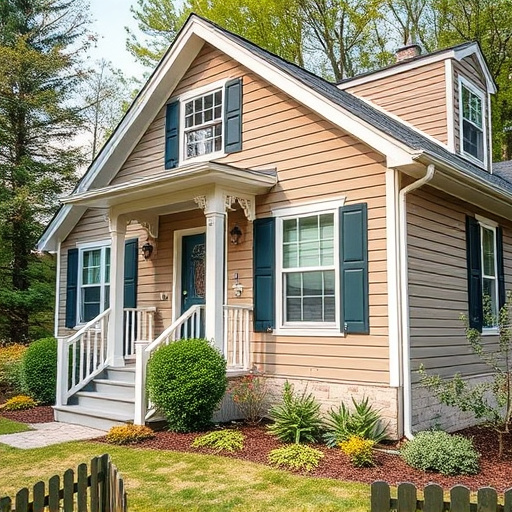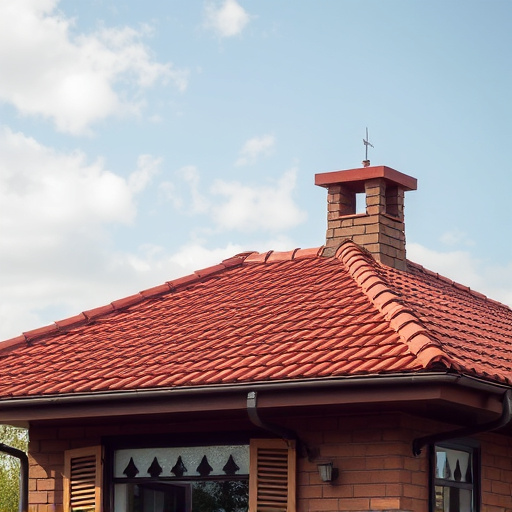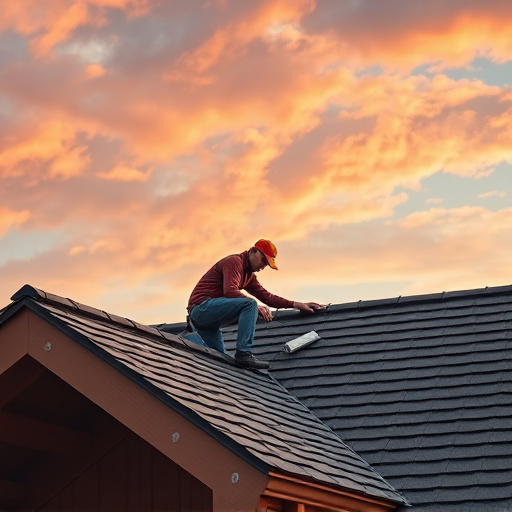Commercial siding choices between panel and lap styles depend on building style, climate, budget, and desired aesthetics. Panels offer ease of installation, storm resistance, durability, and cost-effectiveness while lap siding provides traditional looks, water protection, and long-term stability despite higher labor costs. Balancing these factors ensures your commercial building's exterior endures and stands out, catering to new construction or repair needs in the market.
In the realm of commercial siding, making the right choice between panel and lap styles is paramount. This article guides you through the decision process by first understanding the distinct styles: panel offers uniform, seamless appearance while lap siding provides a traditional, interlocking design. We then explore factors influencing your selection, delving into benefits and considerations for each to help you navigate this crucial choice for your property’s exterior.
- Understanding Panel and Lap Siding Styles
- Factors Influencing Commercial Siding Choice
- Benefits and Considerations for Each Style
Understanding Panel and Lap Siding Styles
Panel and lap siding are two distinct styles commonly used in commercial siding installations. Panel siding is characterized by individual boards or panels that are attached to the wall, offering a smooth, uniform appearance. These panels are typically made of durable materials like vinyl, fiber cement, or metal, and they interlock with each other, providing excellent wind resistance. Lap siding, on the other hand, involves long, thin strips of material that overlap each other when installed, creating a more traditional, rustic look. Each style has its unique aesthetic appeal and structural advantages.
When considering commercial roofing or residential siding projects, understanding these differences is crucial. Panel siding is often preferred for its ease of installation, low maintenance requirements, and superior strength against harsh weather conditions. Lap siding, with its classic charm, may be chosen for historical buildings or to achieve a specific design aesthetic. The choice between panel and lap depends on factors like building style, climate, budget, and the desired visual impact, ensuring the best fit for each project in terms of both functionality and aesthetics.
Factors Influencing Commercial Siding Choice
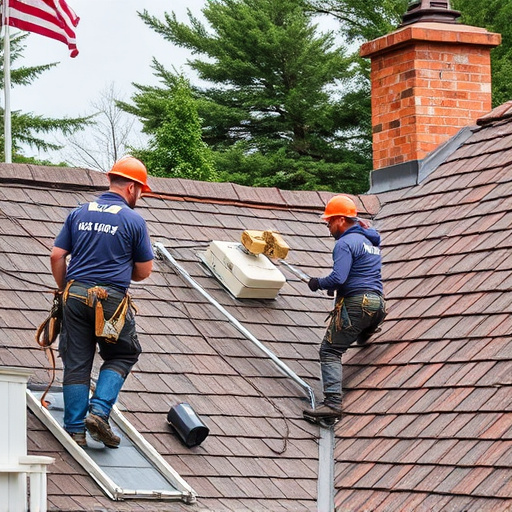
When making a decision between panel versus lap style commercial siding, several factors come into play. The primary consideration is the building’s structural integrity and the local climate conditions. Panels are more versatile in terms of materials, offering durability against extreme weather events such as high winds and storms, making them a popular choice for coastal areas or regions prone to harsh seasonal changes. Lap style siding, on the other hand, often provides better protection against water infiltration, which is crucial for commercial buildings seeking long-term structural integrity.
Additionally, maintenance requirements play a significant role in the choice of commercial siding. Panel styles are generally easier to install and replace, making them suitable for businesses aiming for quick, cost-effective home service solutions. Lap siding, with its intricate interlocking design, may require more specialized skills for installation and repair, but it offers enhanced aesthetic appeal, especially in residential siding applications. Balancing these factors is key to ensuring the longevity and visual impact of a commercial building’s exterior.
Benefits and Considerations for Each Style
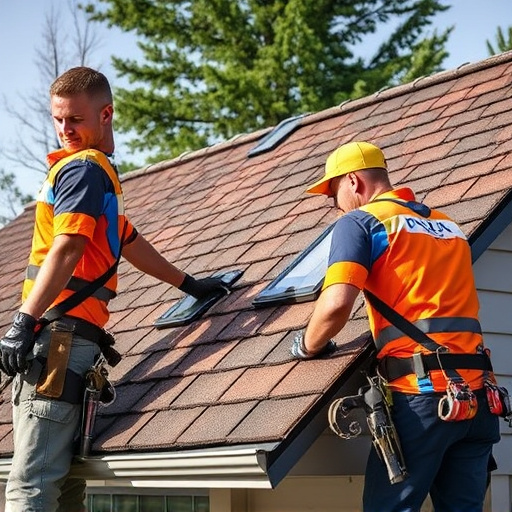
Benefits and Considerations for Each Style
Panel-style commercial siding offers numerous advantages. Its seamless installation process results in a clean, uniform appearance that enhances the curb appeal of any property. Panels are also highly durable, with many manufacturers offering warranties up to 50 years, providing long-term protection against the elements. This style is cost-effective and easy to maintain, requiring minimal cleaning or repairs. Furthermore, panel siding can be installed quickly, reducing downtime for businesses.
Lap-style commercial siding, on the other hand, provides a classic, traditional look that many buildings strive for. It offers superior wind resistance due to its overlapping design, making it an excellent choice for regions prone to storms and harsh weather conditions. Lap siding also requires minimal maintenance over its lifespan. However, installation can be more labour-intensive, and repairs are generally more involved compared to panel siding. Moreover, the cost of lap siding might be slightly higher, reflecting its superior durability and aesthetic appeal. These factors make it a strong contender for both new construction projects and storm damage repair initiatives.
When selecting commercial siding, whether panel or lap style, understanding your building’s needs is key. Both options offer durability and low maintenance, but they cater to different preferences and structures. Panel siding excels in speed of installation and uniform aesthetics, while lap siding provides enhanced wind resistance and a more traditional look. Factors like climate, budget, and design goals will guide your decision. By weighing the benefits and considerations for each style, you can make an informed choice that enhances your commercial property’s curb appeal and long-term performance.

